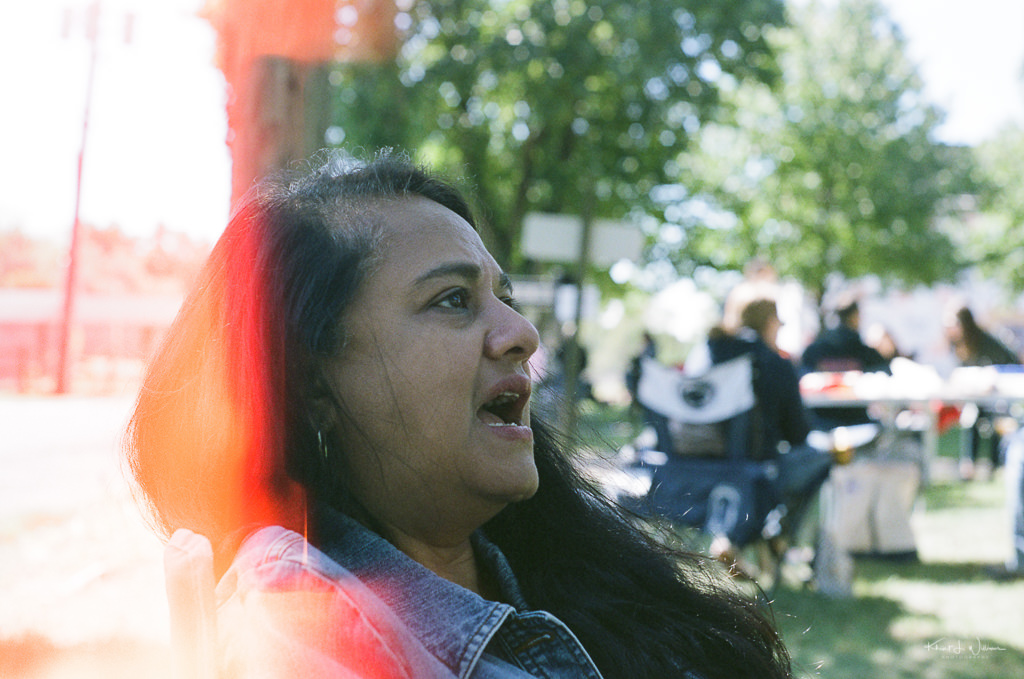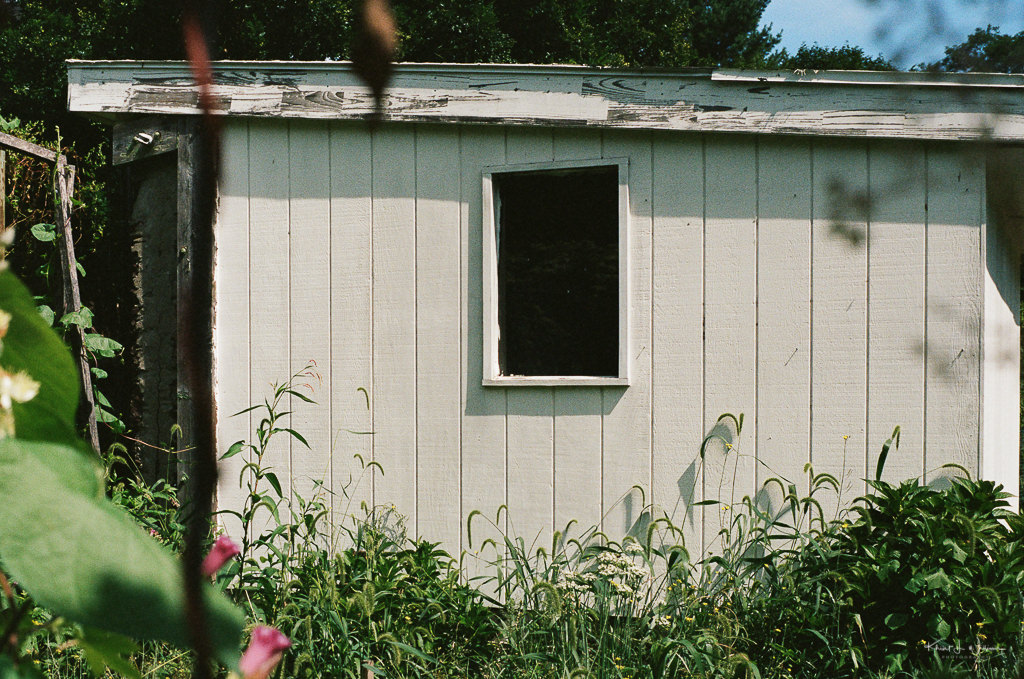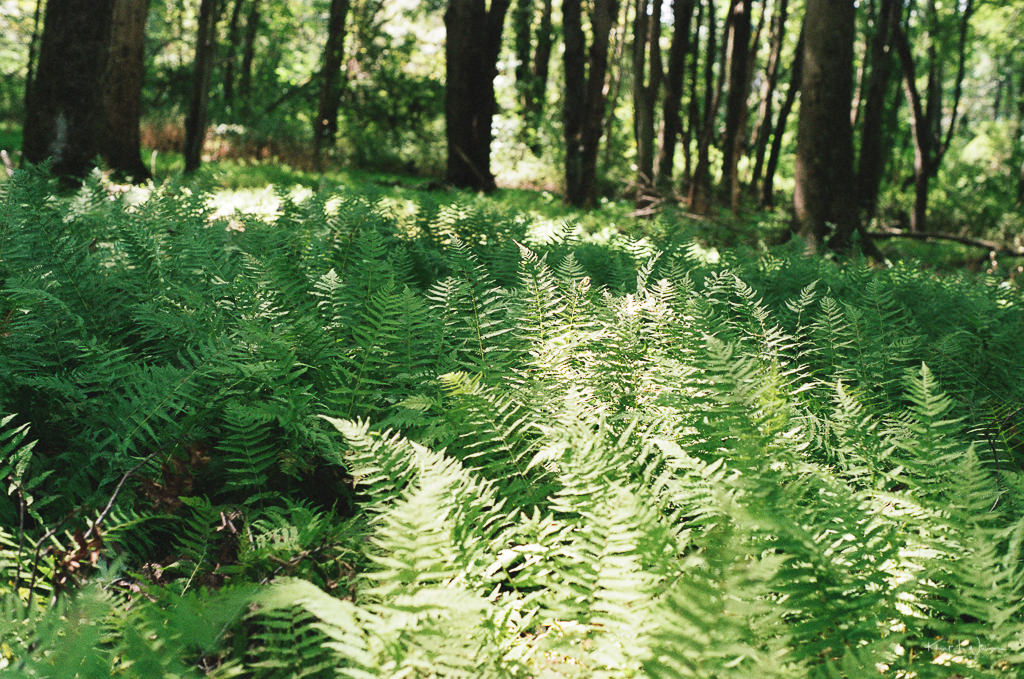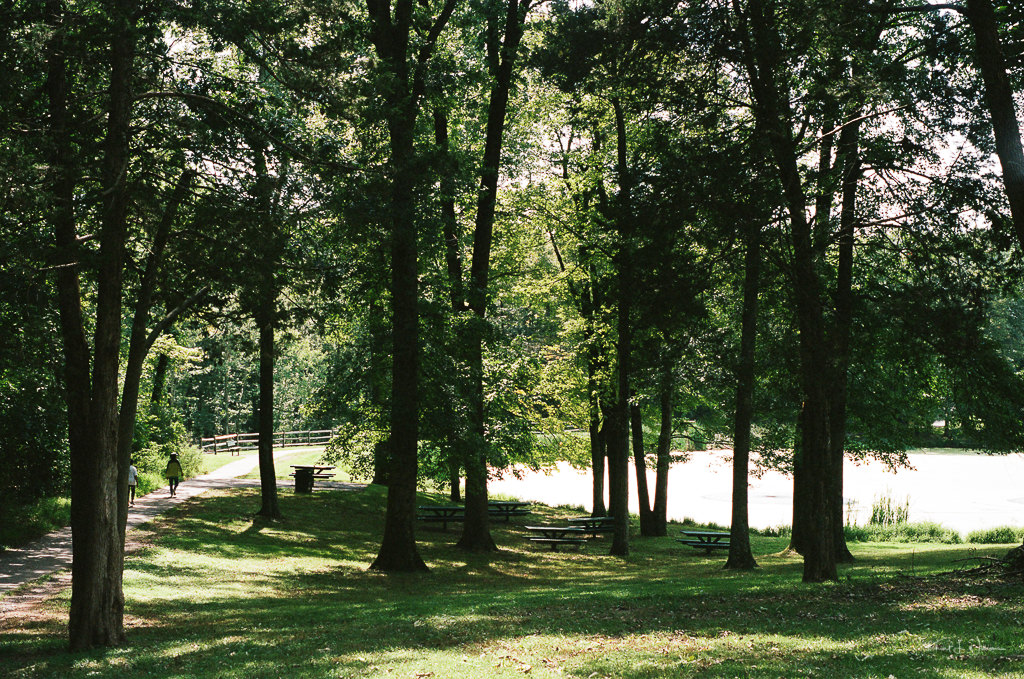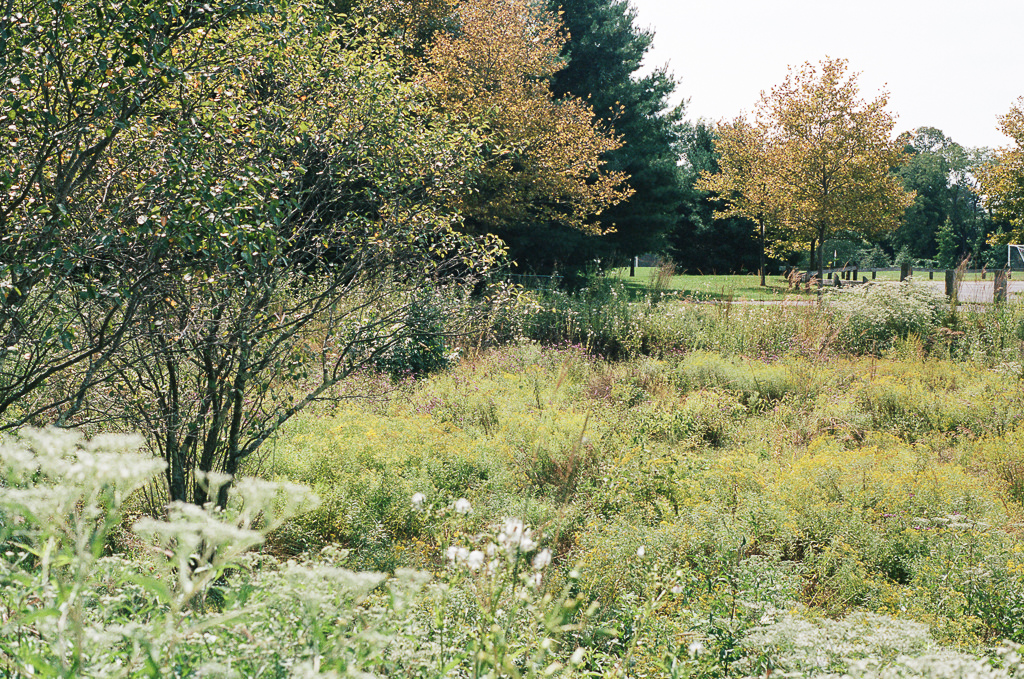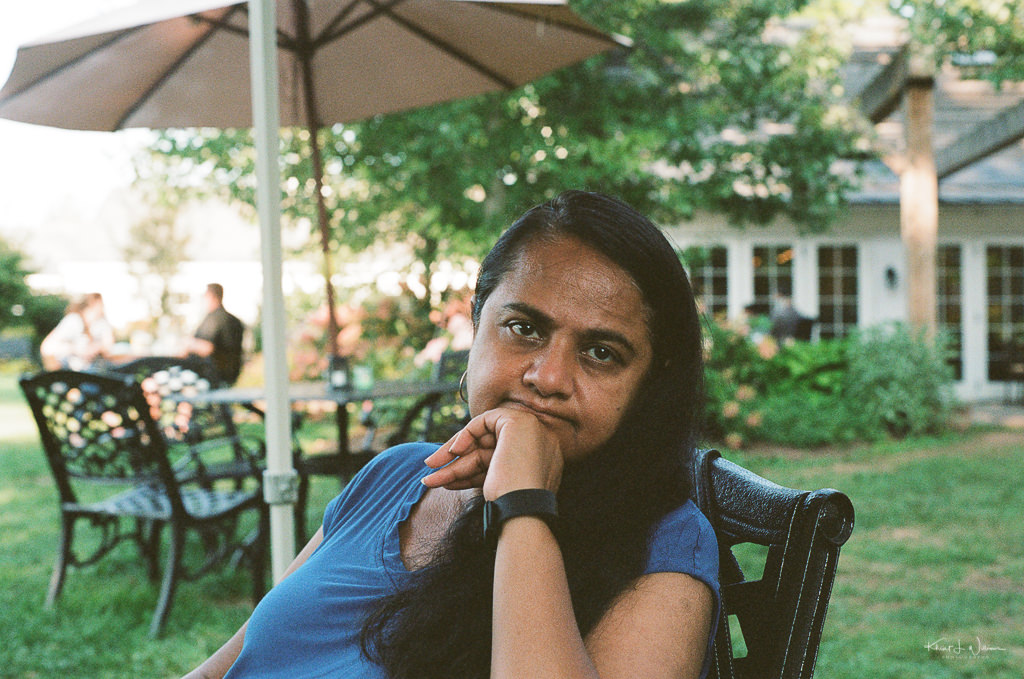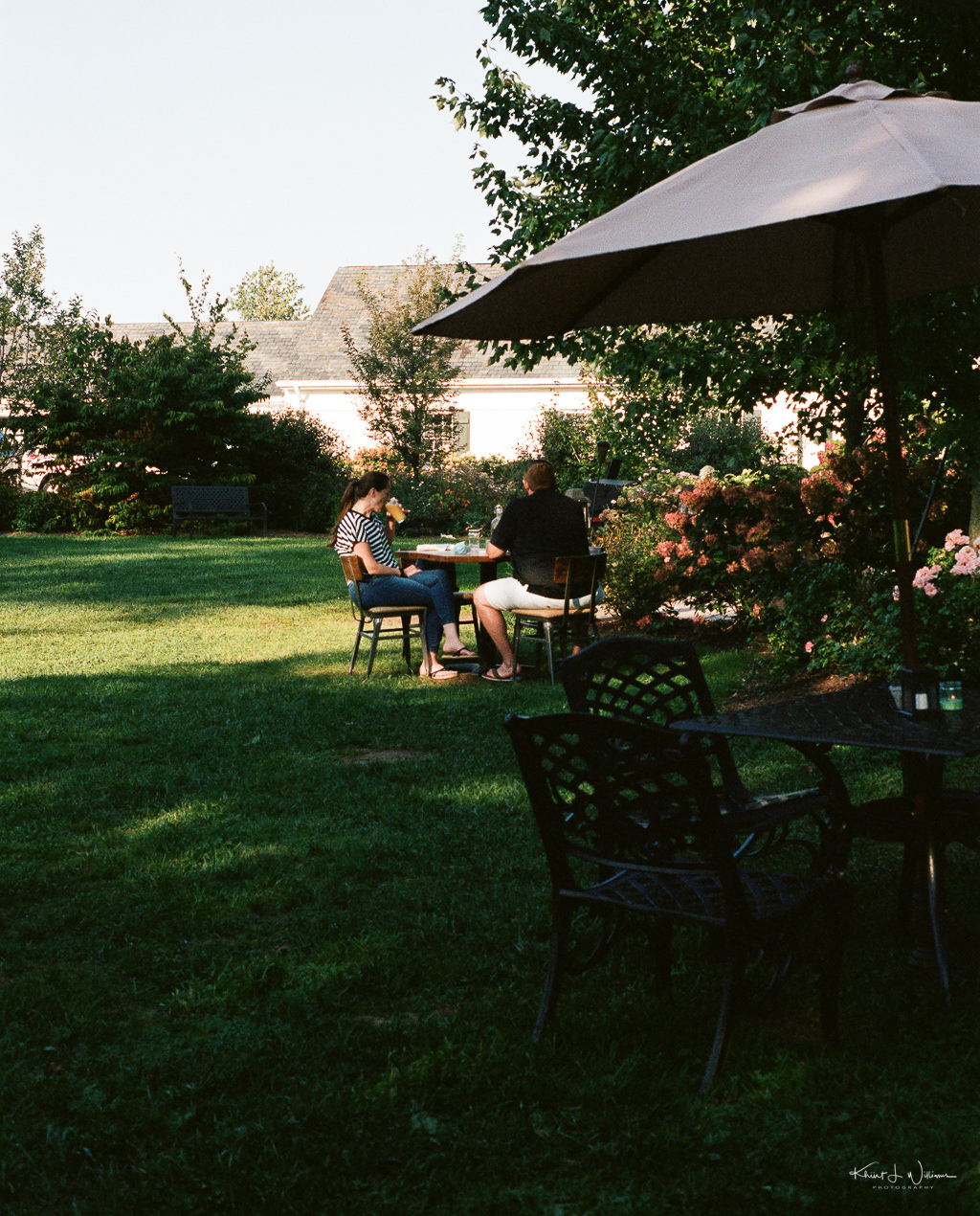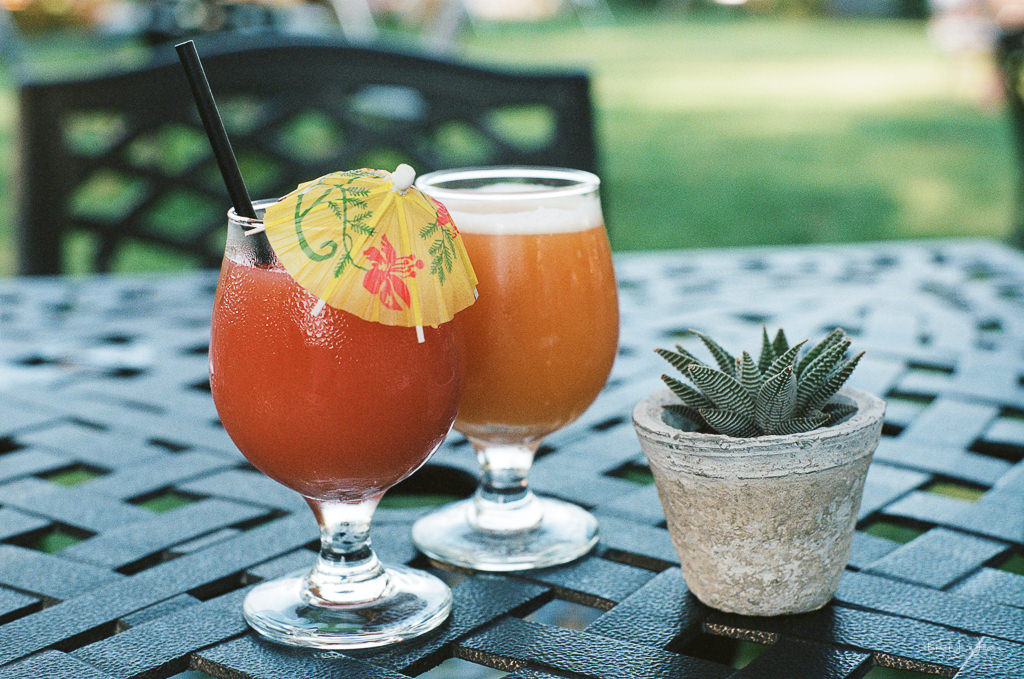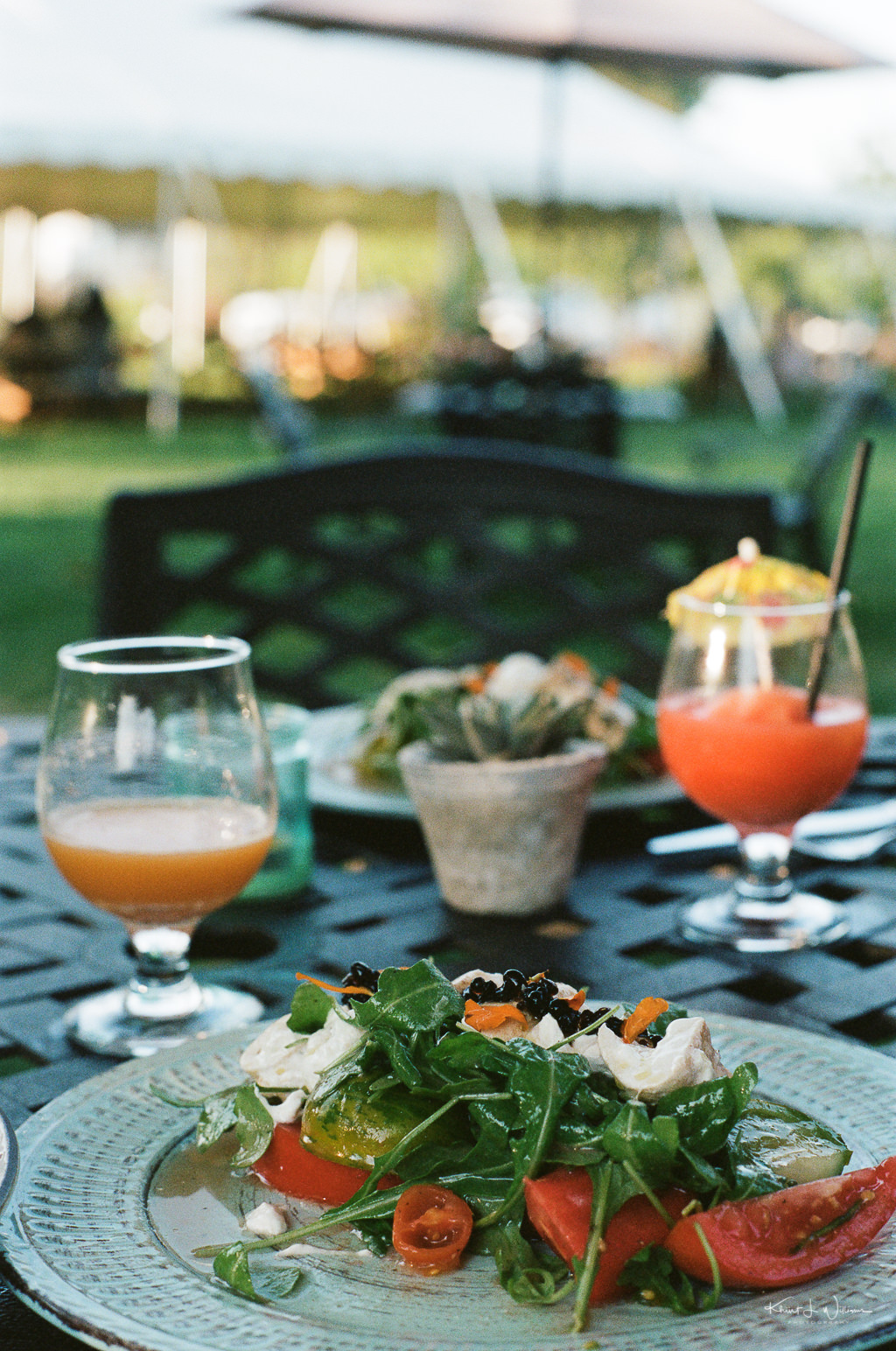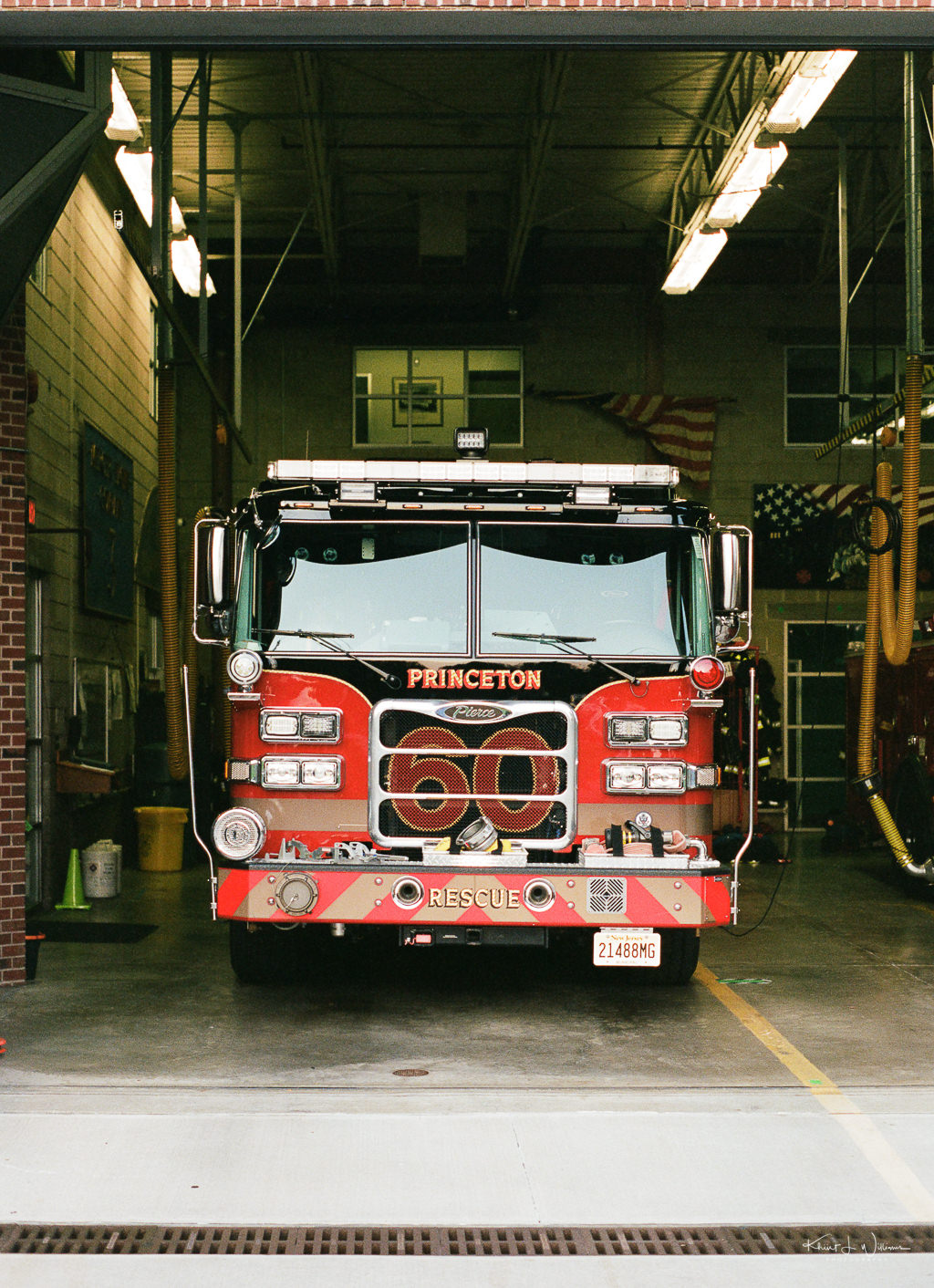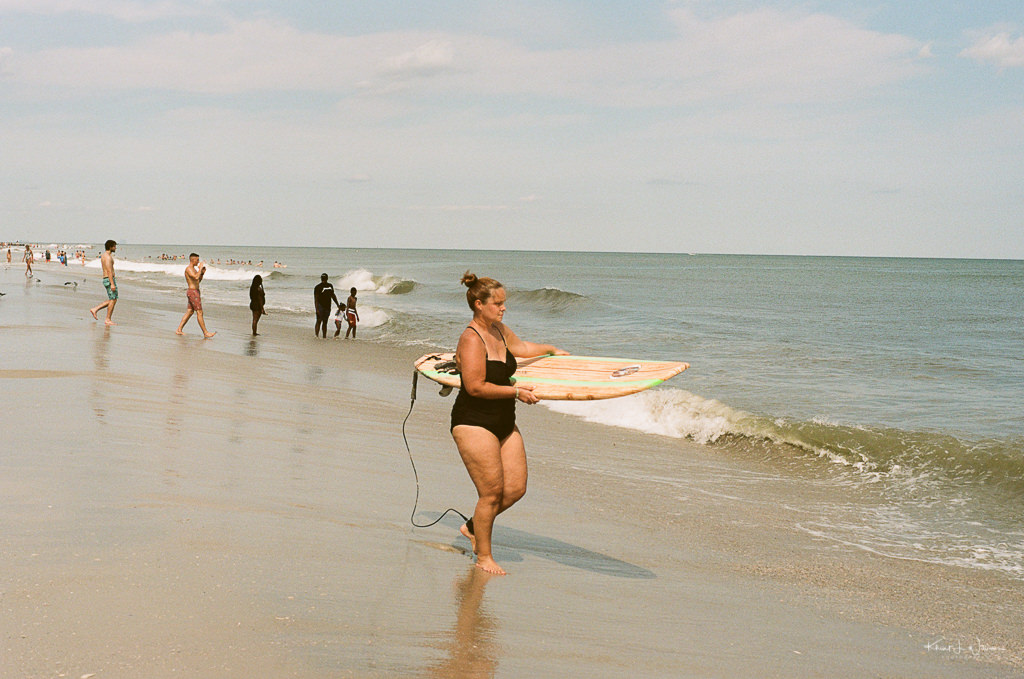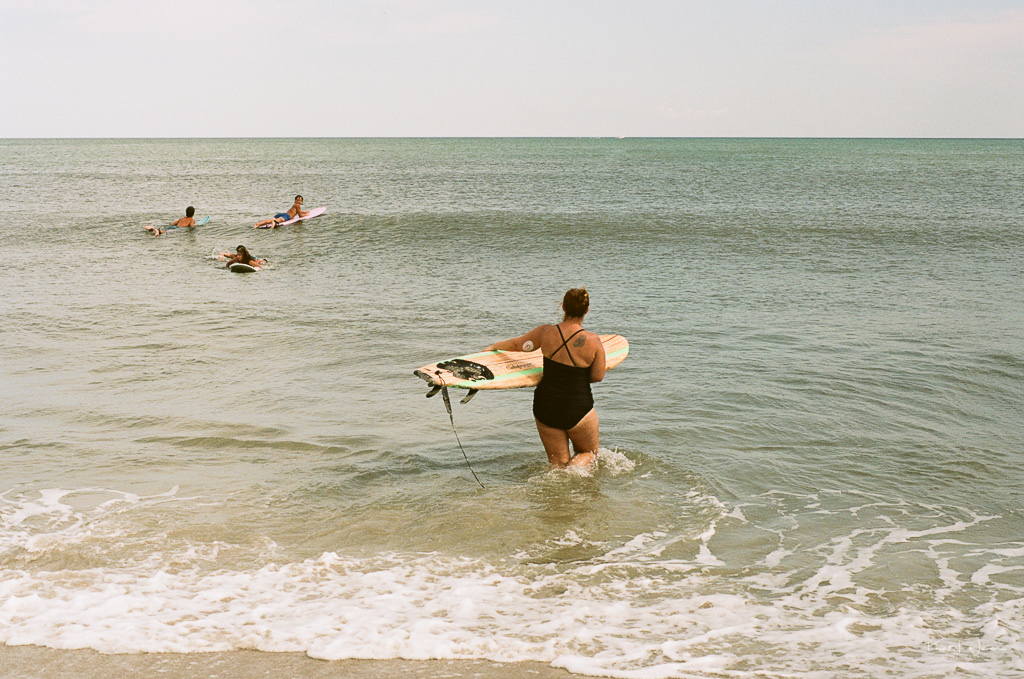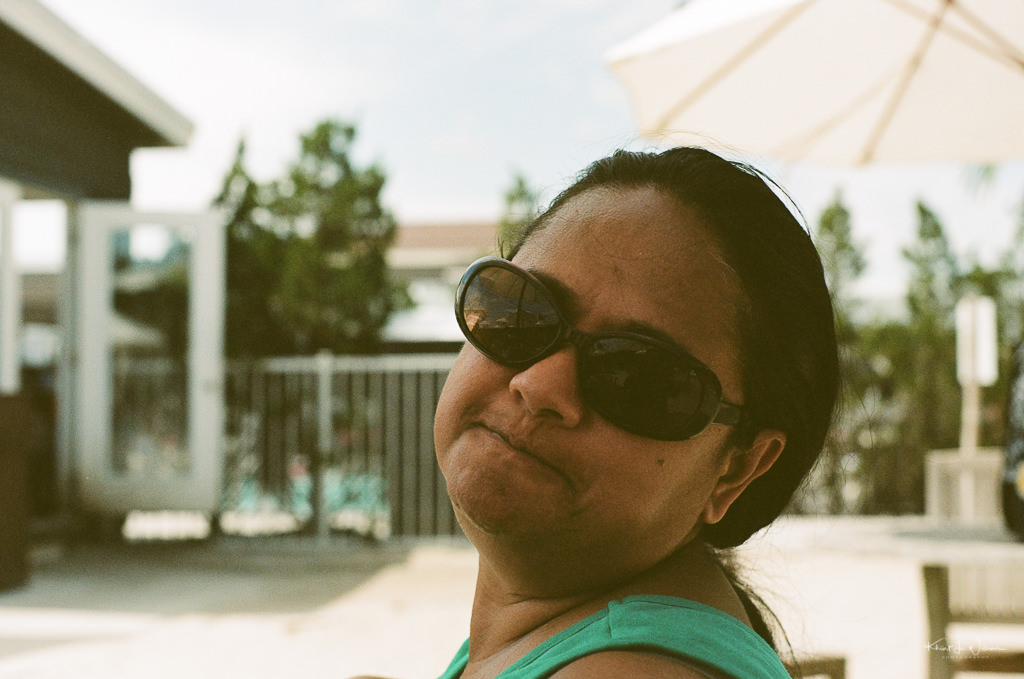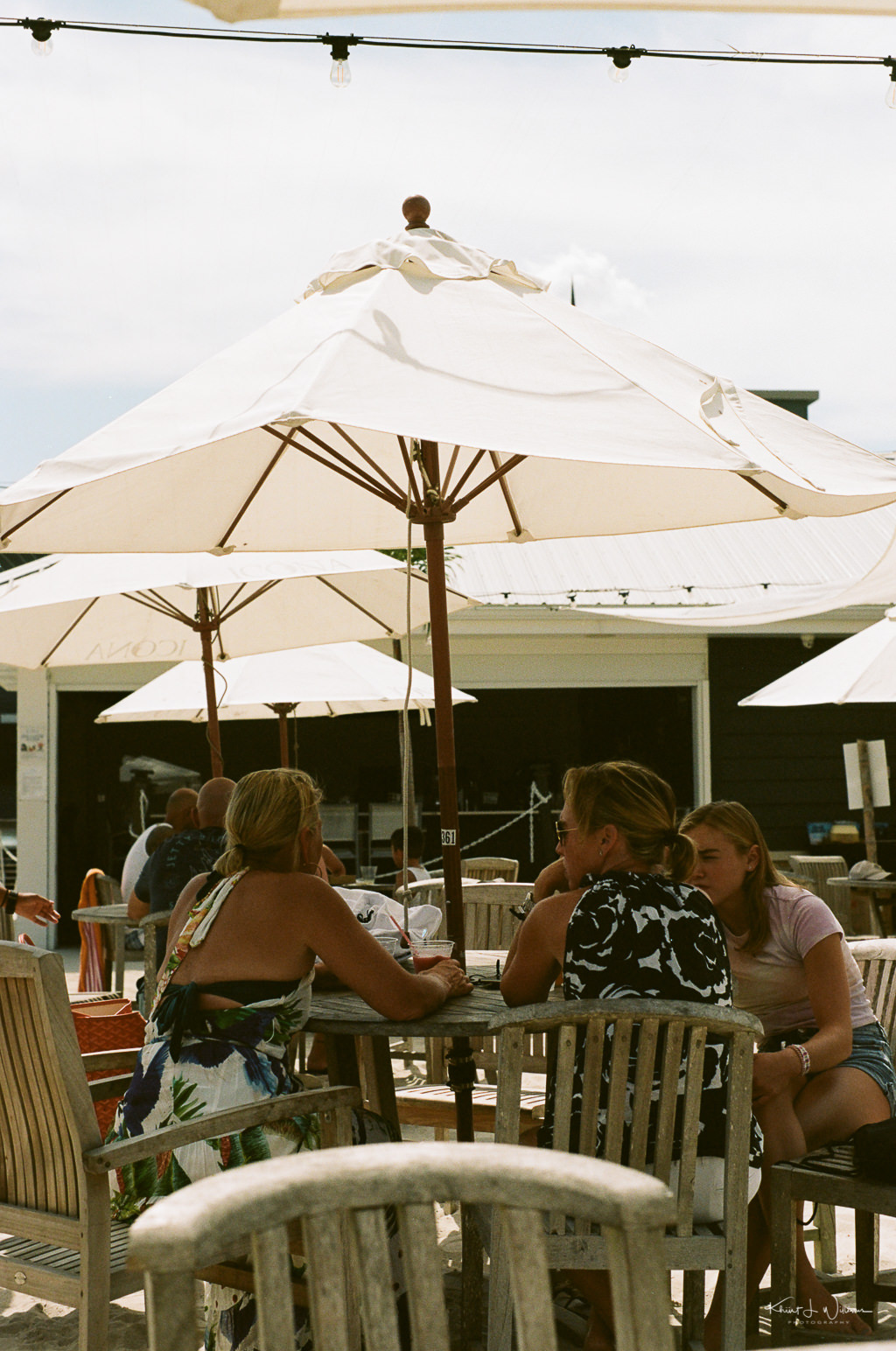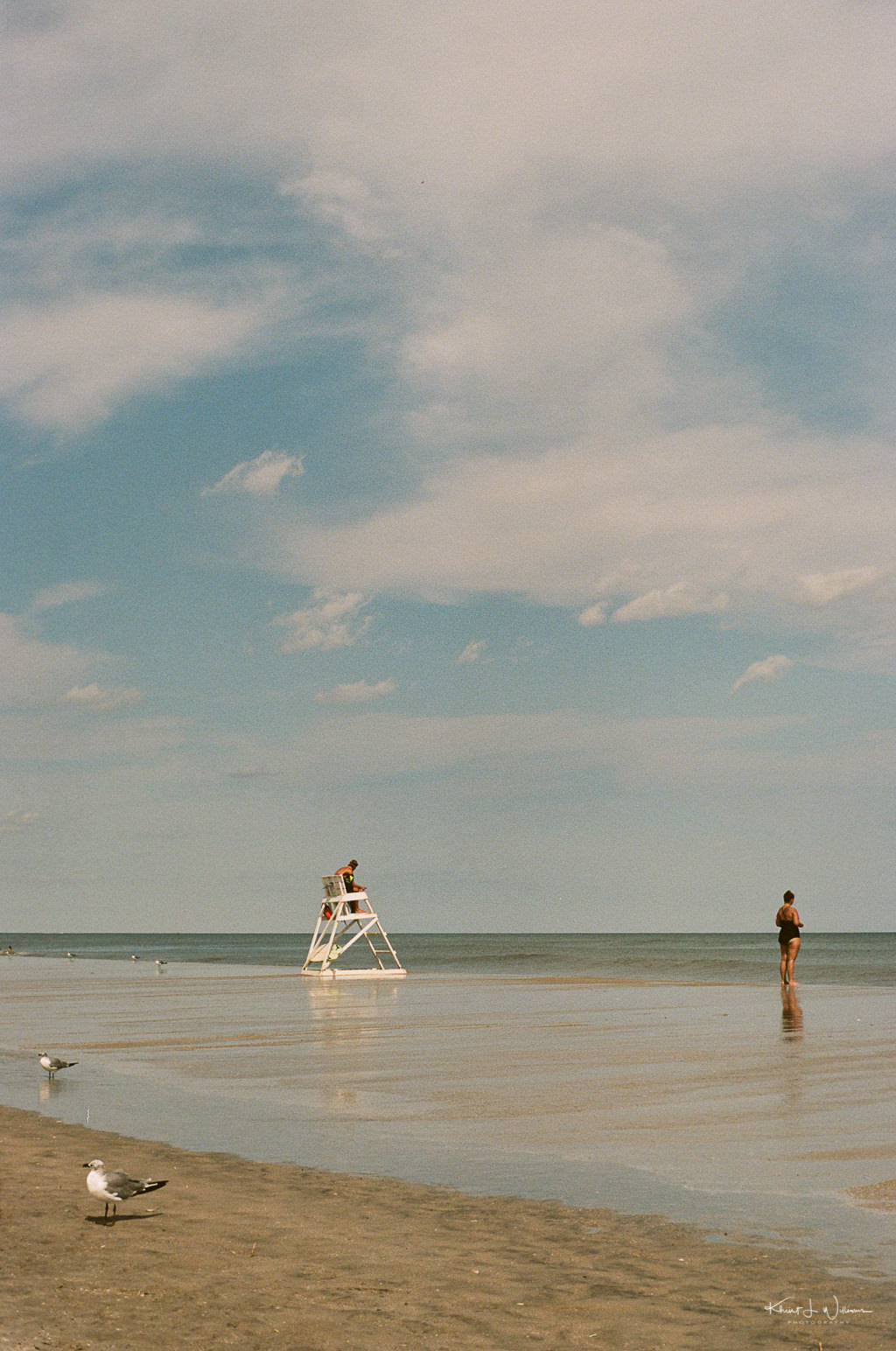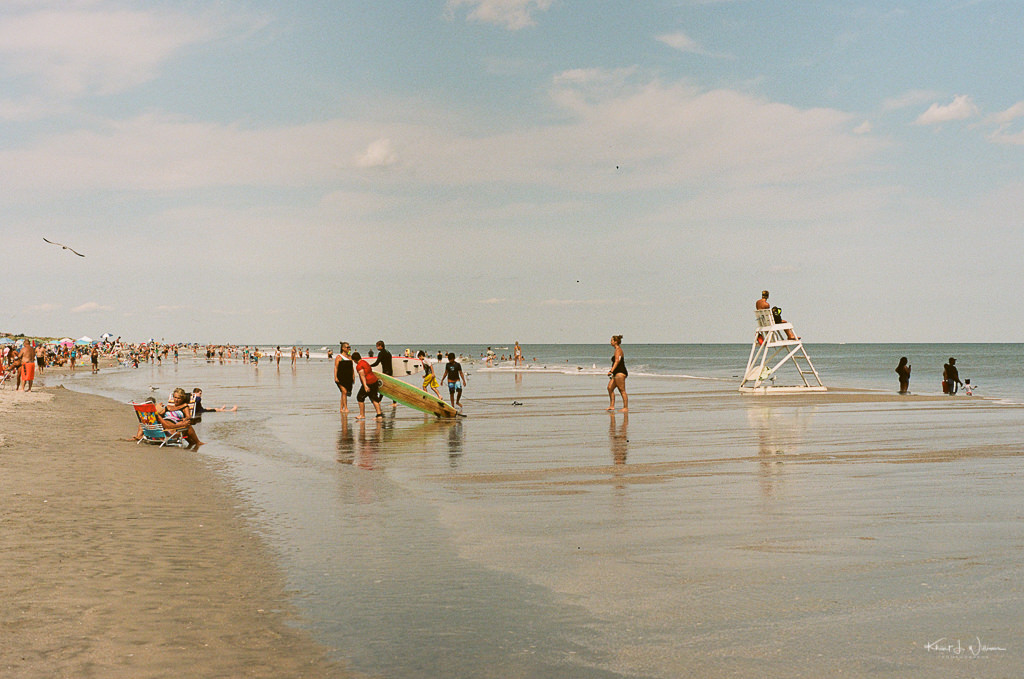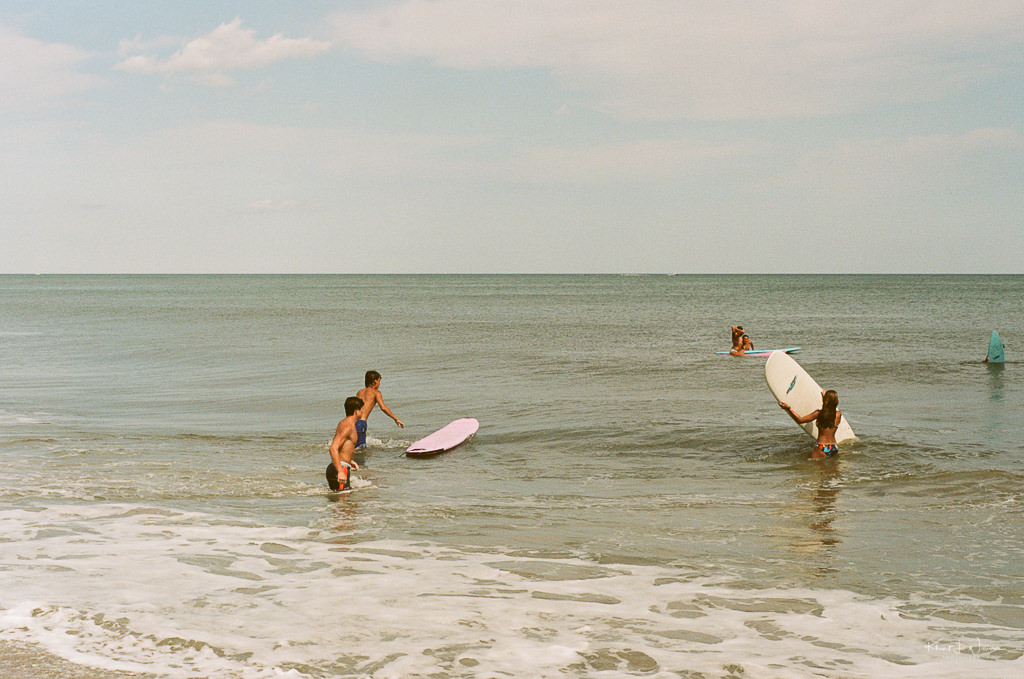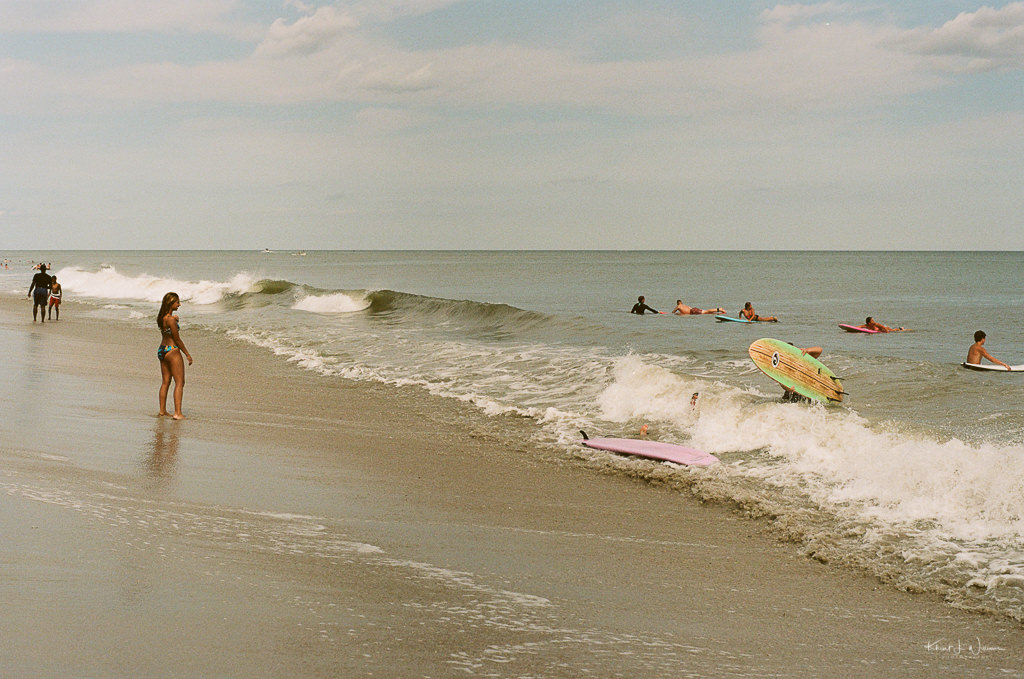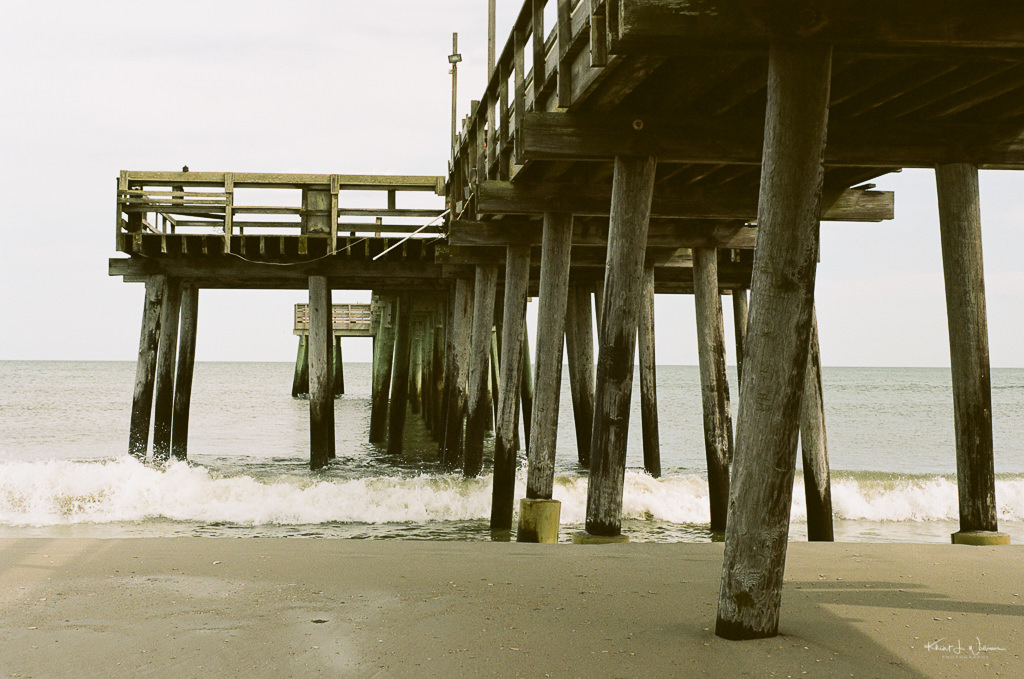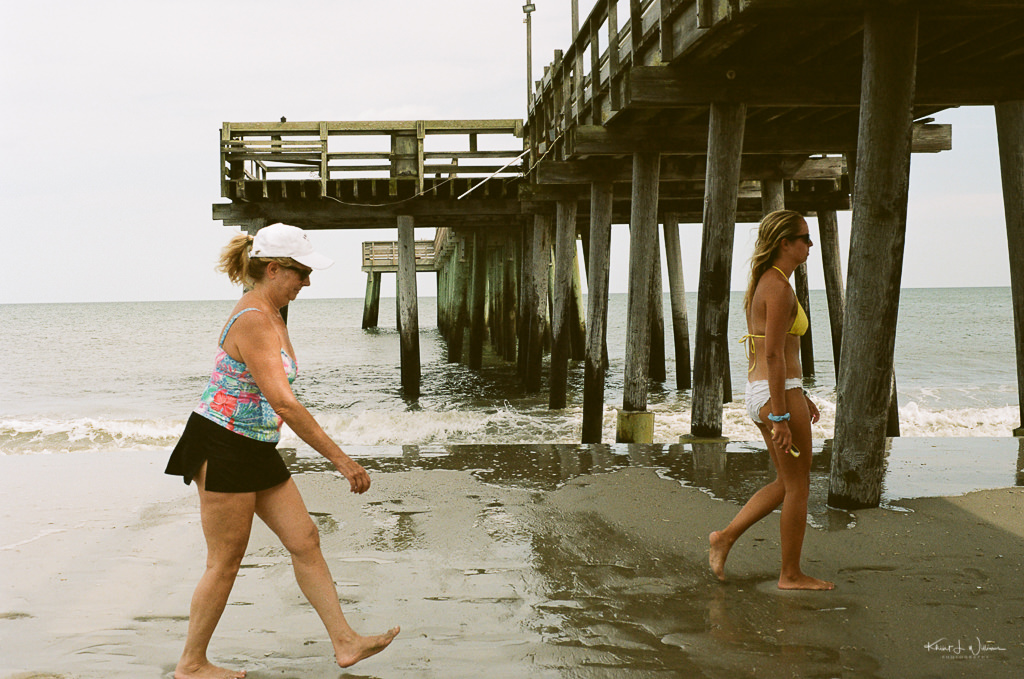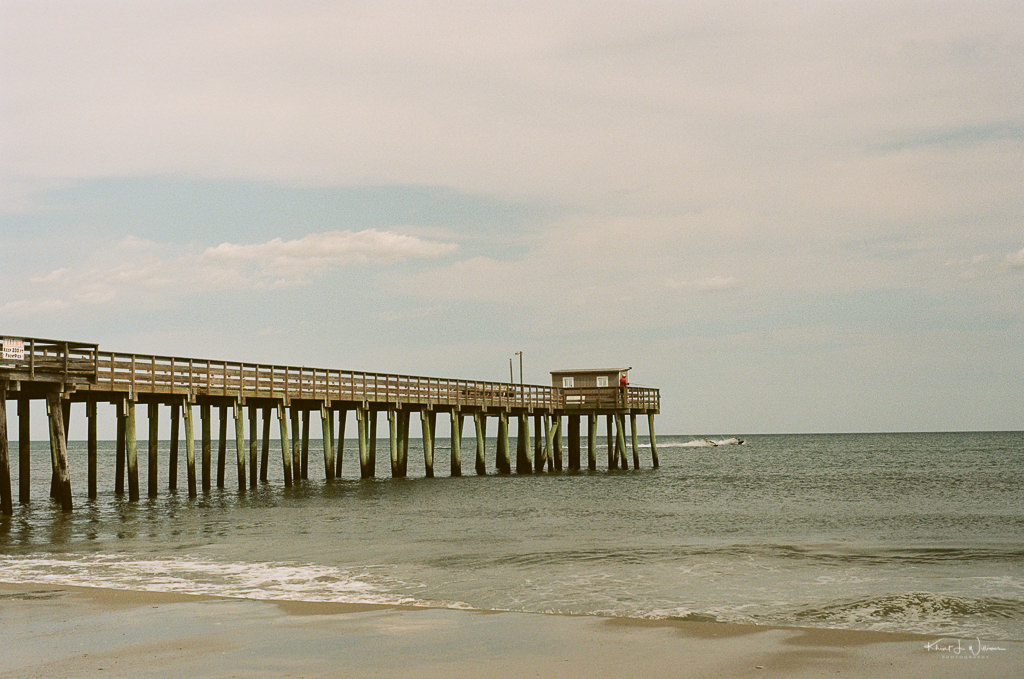NOTE: I’ll begin this experience report with a brief disclaimer. It’s been less than three years since I returned to shooting 35mm film after switching to digital photography over 20 years ago. I’ve inundated myself with as much film education as possible between web articles and advice from experienced film shooters. But, since my prior experience with film is decades old, this review is from a rather novice point of view.
When I was a young teenager, I had lots of hobbies. I collected stamps, coins, and shells. I learned a lot about physics designing paper aeroplanes, kites and trebuchets.
My buddy, Andy, and I experimented with the aerodynamics of different wing and body shapes, trying to see how far or how high we could throw a paper plane. Far, very far.
Andy and I were inseparable. We did covert chemistry experiments in my bedroom, making a mess of the rug and the bedroom walls. I loved physics and chemistry. We took apart discarded electronics and built new things with them. I remember one time, we built a radio transmitter. I insisted on hooking it up to the television antenna. We had fun broadcasting our ramblings on the airwaves. Dad was not amused.
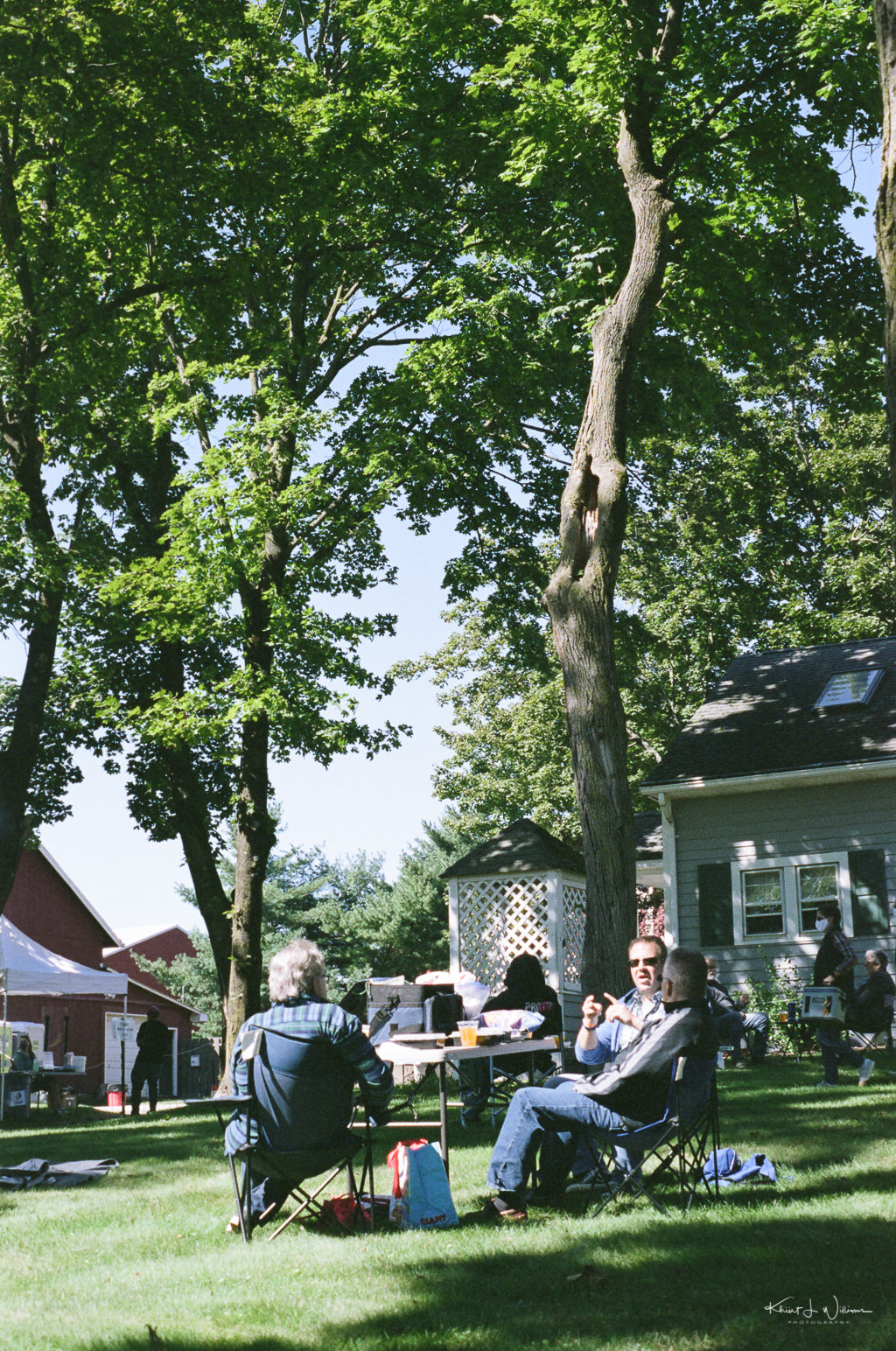
But we loved biology, too. One year, we got into fishkeeping. My dad bought me an 18-litre fish tank where I kept some guppies we netted from a nearby stream. Later, he bought me a larger tank, perhaps 100 litres. I kept guppies and swordfish and platys. Dad gifted me the book he had used when he had a tank as a young boy. That surprised me. Up to then, I had had no idea Dad was into fishkeeping. I read the book cover to cover, learning about the difference between fish that lay eggs and fish that have live births. I was fascinated by fish breeding.
I saved up my birthday money and bought another 100-litre tank to breed guppies and platys. I wanted to see what wild combinations I could produce. Could I do it successfully? We created all sorts of fun combinations of these fish. Other than curiosity, there was no point in breeding tropical fish. We lived on a tropical island with lots of "free" fish to be caught from nearby streams. It was a fun challenge.
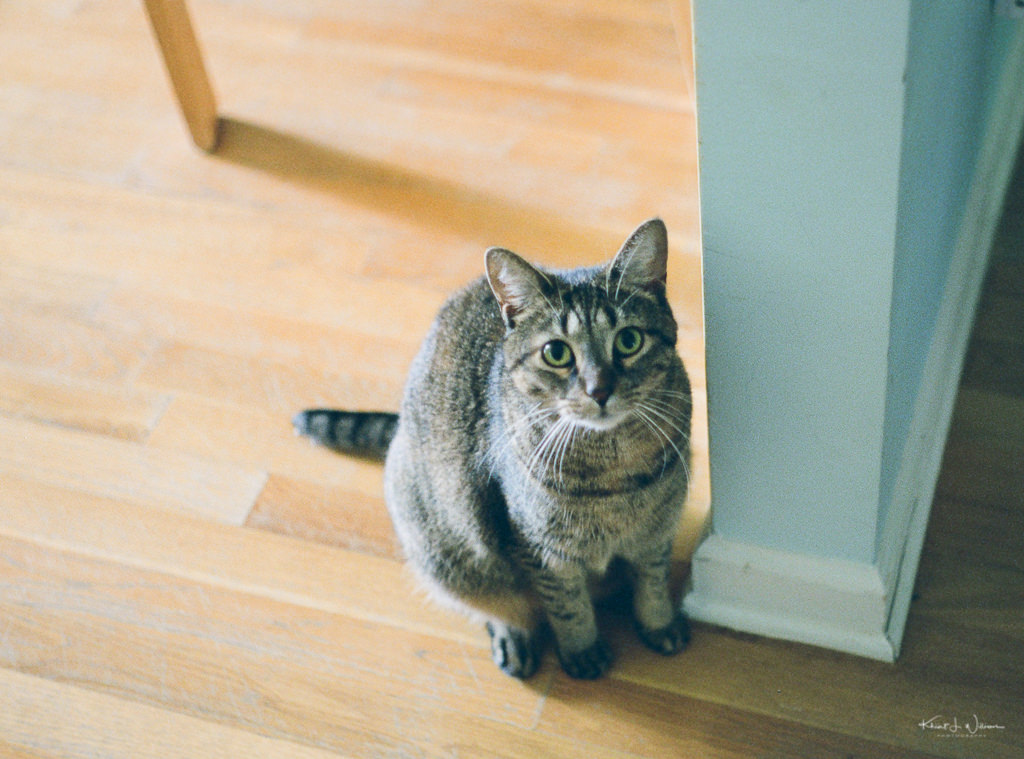
I can speculate as much as I want about why photographic film is making a comeback. I think it’s nostalgia and a desire for a more challenging and hands-on medium. After decades of digital photography, I recently started using 35mm film again. I bought a film camera on eBay, had it cleaned, lubed and adjusted, slapped in a roll of film and failed. I had forgotten the film roll in the pocket of my jeans, and it didn’t survive the laundry.
35mm film is inferior to 35mm digital. 35mm digital IQ is superior. 35mm digital lenses are superior. 35mm digital dynamic range is higher, and the colour is more true to life. Too many things can go wrong with making prints from 35mm film - in the camera, in the development process, and in the printing process. There are far fewer variables with 35mm digital. 35mm film takes much more work. More work does not mean better images. It just means more work.
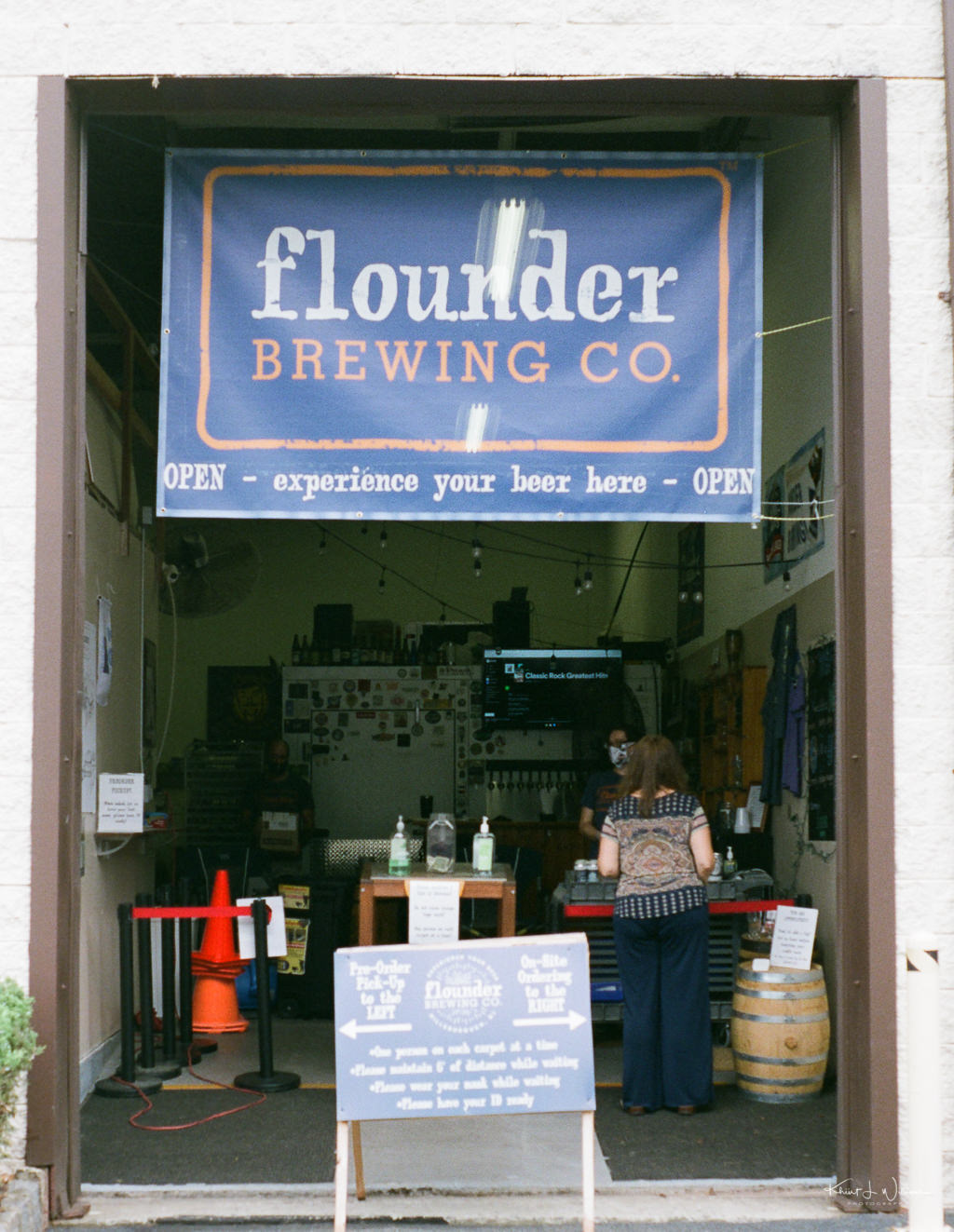
We are used to how 35mm film looks from seeing it in magazines or family albums. We have cultural emotions and memories associated with 35mm film. At some point, all these people, including myself, will die, and only weirdos will make inane statements like “I like the aesthetics of film”. Sometimes, I like to fish, and sometimes, I like chicken, but in 50 years, when vegans rule the world, that statement will seem quaint.
I use 35mm film because it reminds me of the 1970s when I was ten. Dad would pile us into his white Volkswagen Beetle for a road trip around the mountains of St. Vincent or to the beach. He always took photos using his Asahi Optical Co. Pentax Spotmatic II. Or when my uncle, Dad’s brother, would host his yearly “cookout” with all the family. He would break out his slide projector, and we would go through the family photos, laugh, and have fun.

Every time I pick up my X-700, those are the memories that come back to me.
I’ll quote Ken Rockwell, who hit the nail on the head.
If and only if you're an accomplished artist who can extract every last drop from film's quality, then film, meaning large format film, technically is better than digital in every way. Few people have the skill to work film out to this level, thus the debate.
...
Convenience has always won out over ultimate quality throughout the history of photography. Huge homemade wet glass plates led to store-bought dry plates which led to 8 x 10" sheet film which led to 4 x 5" sheet film which led to 2-1/4" roll film which led to 35mm which led to digital. As the years roll on the ultimate quality obtained in each smaller medium drops, while the average results obtained by everyone climbs. In 1860 only a few skilled artisans like my great-great-great-grandfather in Scotland could coax any sort of an image at all from a plate camera while normal people couldn't even take photos at all. In 1940 normal people got fuzzy snaps from their Brownies and flashbulbs while artists got incredible results on 8 x 10" film. Today artists still mess with 4 x 5" cameras and normal people are getting the best photos they ever have on 3 MP digital cameras printed at the local photo lab.
...
So why the debate? I suspect the debate is among amateurs who've really only shot 35mm since it's been the only popular amateur film format for the past 25 years. Pros never say "film," they say a format like "120," "4x5," "6x17," "8x20" or "35" since "film" could mean so many things. Amateurs say "film" since they only use one format and presume 35mm. Therein lies the potential for debate when people don't first define their terminology. Today's digital SLRs replace 35mm, no big deal. Ken Rockwell
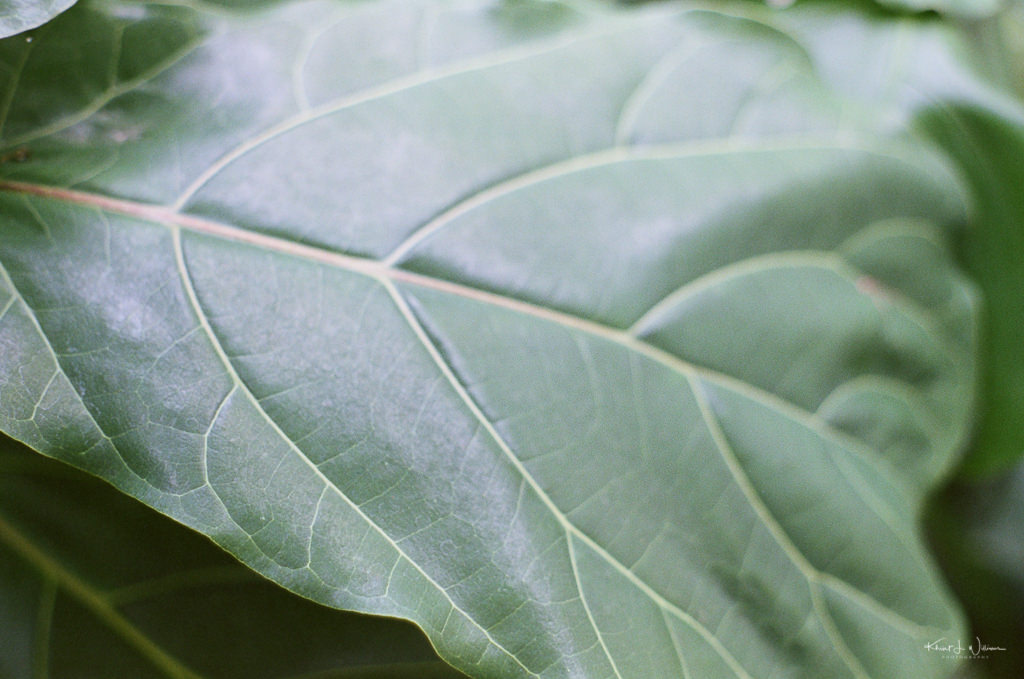
The second roll came out better, but the results are nowhere close to what I can do with my digital camera. My wife chided me for wasting money. I bought another gently used film camera, and my results were much better. Then, the most recent roll was developed after the film door on one of my cameras accidentally opened. My wife looked at the photographs.
“Why are you doing this to yourself? You don’t even know if the pictures will be good.”
I looked at her, trying to think of an answer.
“It’s a fun challenge. It’s my hobby within a hobby.”
Unfortunately, like other Fujifilm stocks, Pro 400H is prone to green and magenta color casts. I was really hoping this wouldn't be a problem with Fuji's flagship film, but it remains a distinct characteristic of Fuji's color science. ~ Fuji Pro 400H — 35mm film review by Tobias
All images in this post were made on a 36-exposure roll of Fujicolor Pro 400H in a Minolta X-700 with MD Rokkor-X 50mm f/1.7 lens and developed and scanned at The Darkroom. in San Clemente, CA. The images are presented here as scanned, without any colour correction, to show the characteristics of the film. If you don't like the green cast, use another film or shoot digitally and use a film simulation. Now that I understand the Fujicolor Pro 400 film better, I may use it when the subject can benefit from the green cast on a sunny day, e.g., in the woods or on a sunny winter day in the city.
Submitted for the 100DaysToOffload project.
